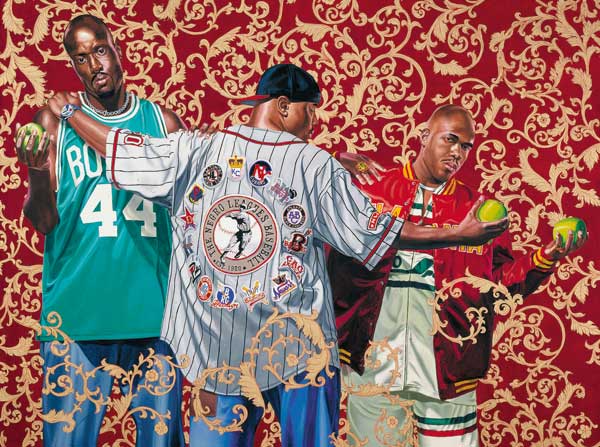We have
 probably all seen the cartoonists at amusement parks or on beach boardwalks. They draw ridiculous pictures of people with huge heads and tiny bodies that provide lots of laughs. Typically cartoons and caricatures are intended for simple entertainment purposes. However, the message of a cartoon can sometimes be much more serious than its amusing appearance suggests. The latest exhibit at the National Portrait Gallery, which intersects caricatures and politics, is an example. Although the portraits in Herblock’s Presidents: “Puncturing Pomposity” are very humorous and make light of important issues, they can also serve as a historical account of some of the major controversies and concerns of every presidential term from Franklin Roosevelt to Bill Clinton.
probably all seen the cartoonists at amusement parks or on beach boardwalks. They draw ridiculous pictures of people with huge heads and tiny bodies that provide lots of laughs. Typically cartoons and caricatures are intended for simple entertainment purposes. However, the message of a cartoon can sometimes be much more serious than its amusing appearance suggests. The latest exhibit at the National Portrait Gallery, which intersects caricatures and politics, is an example. Although the portraits in Herblock’s Presidents: “Puncturing Pomposity” are very humorous and make light of important issues, they can also serve as a historical account of some of the major controversies and concerns of every presidential term from Franklin Roosevelt to Bill Clinton.Herbert Block was a cartoonist and a major supporter of the so called “underdog.” He adamantly supported policies aimed at assisting the underprivileged, such as the New Deal. H e also advocated for United States intervention in World War II. Therefore, all of his caricatures are negative portrayals of presidents who enacted policies which hurt, or merely failed to help, the “underdog.” For example, he makes fun of Eisenhower’s “Administration Program”, Johnson’s “Great Society,” Ford’s economic policies, Reagan’s policy freezes, and Bush’s “no new taxes” promise. According to Block, “in some cases, a forceful, negative reaction can do the most good.” Although some of these caricatures may seem harsh, they are presented in a way that can amuse almost anybody, no matter their political position.
e also advocated for United States intervention in World War II. Therefore, all of his caricatures are negative portrayals of presidents who enacted policies which hurt, or merely failed to help, the “underdog.” For example, he makes fun of Eisenhower’s “Administration Program”, Johnson’s “Great Society,” Ford’s economic policies, Reagan’s policy freezes, and Bush’s “no new taxes” promise. According to Block, “in some cases, a forceful, negative reaction can do the most good.” Although some of these caricatures may seem harsh, they are presented in a way that can amuse almost anybody, no matter their political position.
 e also advocated for United States intervention in World War II. Therefore, all of his caricatures are negative portrayals of presidents who enacted policies which hurt, or merely failed to help, the “underdog.” For example, he makes fun of Eisenhower’s “Administration Program”, Johnson’s “Great Society,” Ford’s economic policies, Reagan’s policy freezes, and Bush’s “no new taxes” promise. According to Block, “in some cases, a forceful, negative reaction can do the most good.” Although some of these caricatures may seem harsh, they are presented in a way that can amuse almost anybody, no matter their political position.
e also advocated for United States intervention in World War II. Therefore, all of his caricatures are negative portrayals of presidents who enacted policies which hurt, or merely failed to help, the “underdog.” For example, he makes fun of Eisenhower’s “Administration Program”, Johnson’s “Great Society,” Ford’s economic policies, Reagan’s policy freezes, and Bush’s “no new taxes” promise. According to Block, “in some cases, a forceful, negative reaction can do the most good.” Although some of these caricatures may seem harsh, they are presented in a way that can amuse almost anybody, no matter their political position.
At present it is of the utmost importance for people to understand current political issues, as we are in the midst of a monumental election. As a history major, I must say that one of the best ways to understand the present is to understand the past, even if the past is presented in a humorous way. Therefore, the current National Portrait Gallery exhibit succeeds in multiple purposes by both informing and entertaining.


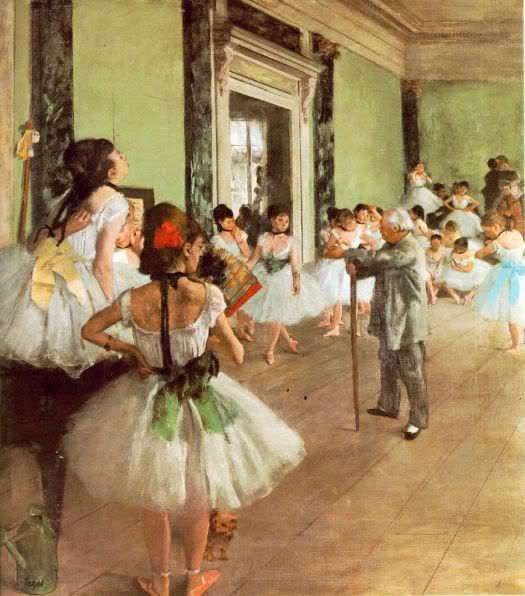

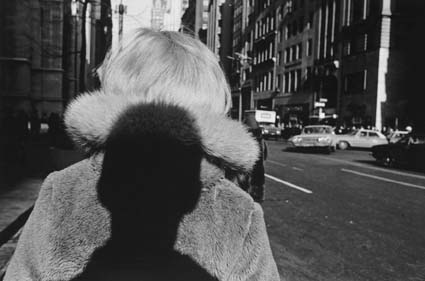
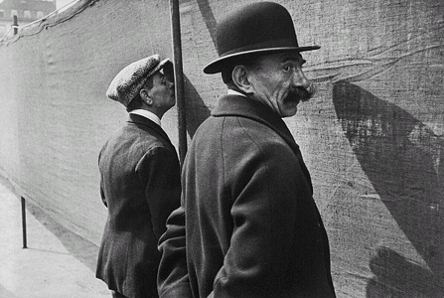
.jpg)











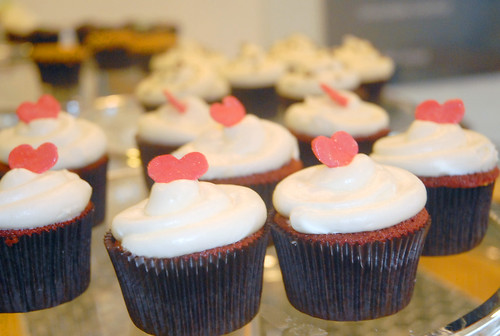



 At first, I thought this was a shoe and the purple was a pant leg. However, a friend pointed out that a dark spot near the center of the shoe resembled a face and that the purple could be a billowing cape worn by this figure.
At first, I thought this was a shoe and the purple was a pant leg. However, a friend pointed out that a dark spot near the center of the shoe resembled a face and that the purple could be a billowing cape worn by this figure.  To me, this looks very much like a window. Outside the window I see a blue sky and a red and white sale boat with a rectangular sail. However, after staring at it for awhile I saw what seems to be a cupped hand at the bottom of the window sill.
To me, this looks very much like a window. Outside the window I see a blue sky and a red and white sale boat with a rectangular sail. However, after staring at it for awhile I saw what seems to be a cupped hand at the bottom of the window sill.  This is one of the most abstract pieces of the exhibit in my opinion. Maybe the bottom right corner is a body of water and the lighter blue and white represent a ship coming toward the viewer. When it comes down to it though, I cannot identify many objects in this piece. Can you find the hidden figure in this painting?
This is one of the most abstract pieces of the exhibit in my opinion. Maybe the bottom right corner is a body of water and the lighter blue and white represent a ship coming toward the viewer. When it comes down to it though, I cannot identify many objects in this piece. Can you find the hidden figure in this painting? 


